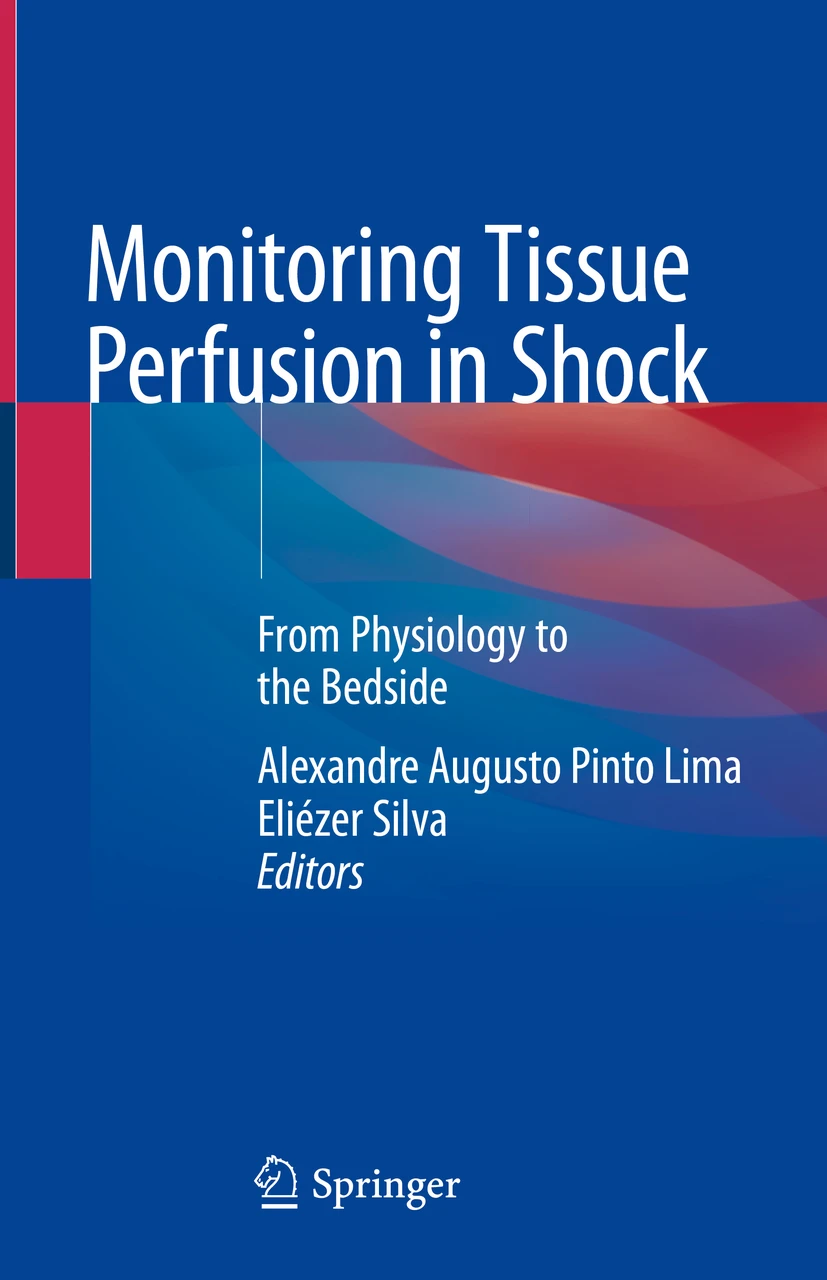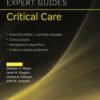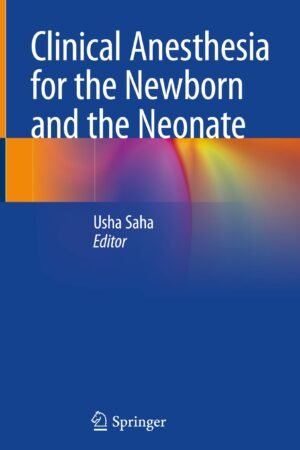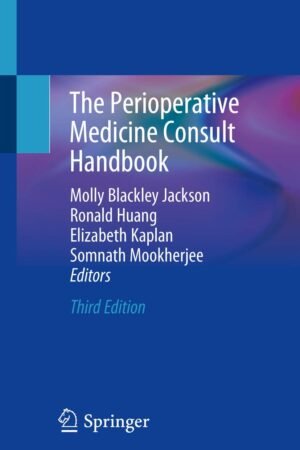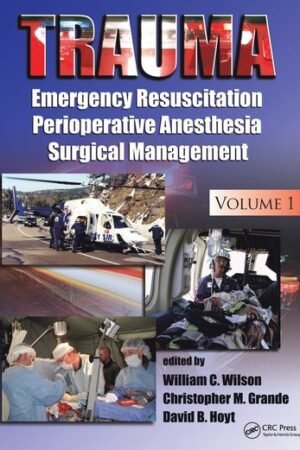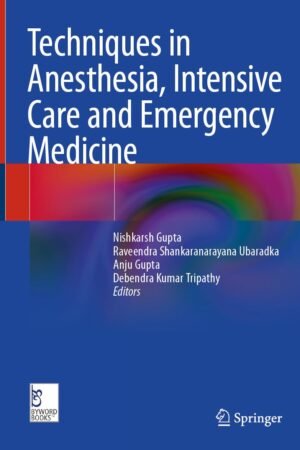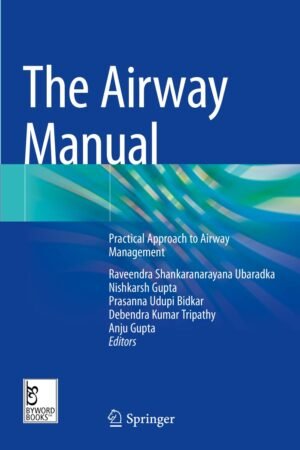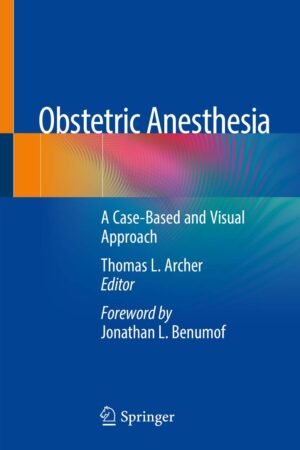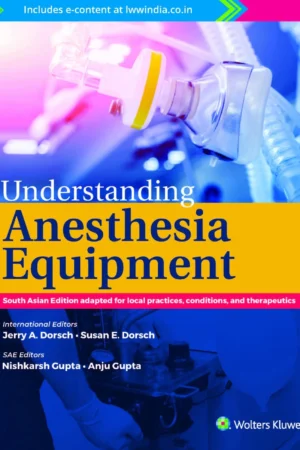Monitoring Tissue Perfusion in Shock PDF
FREE
📘 Monitoring Tissue Perfusion in Shock PDF
Monitoring Tissue Perfusion in Shock PDF is a comprehensive guide for clinicians managing critically ill patients with shock. This book provides evidence-based strategies to assess, monitor, and optimize tissue perfusion, helping prevent organ failure and improve outcomes in both emergency and intensive care settings.
Understanding Shock and Tissue Perfusion
The text begins by reviewing the pathophysiology of shock, including hypovolemic, cardiogenic, distributive, and obstructive types. It explains how inadequate perfusion leads to cellular dysfunction, organ injury, and multi-organ failure. Understanding these mechanisms is essential for timely recognition and intervention.
Assessment Techniques
Monitoring Tissue Perfusion in Shock PDF details both traditional and advanced methods to assess perfusion. Topics include vital signs, lactate levels, urine output, capillary refill, central venous oxygen saturation, and bedside ultrasound. The book emphasizes combining clinical examination with technology to obtain accurate, real-time information.
Hemodynamic Monitoring and Goal-Directed Therapy
The book provides guidance on invasive and non-invasive hemodynamic monitoring, including arterial lines, central venous pressure, cardiac output monitoring, and dynamic indices of fluid responsiveness. It demonstrates how goal-directed therapy, guided by these parameters, optimizes tissue oxygen delivery and prevents complications.
Integration into Clinical Practice
The text highlights the role of multidisciplinary teams in managing shock. Physicians, nurses, and critical care specialists work together to interpret monitoring data, adjust fluids and vasoactive medications, and provide organ support. Case examples illustrate practical applications in sepsis, trauma, postoperative care, and cardiogenic shock.
Why This Book Matters
Early recognition and optimization of tissue perfusion are critical to survival in shock. Monitoring Tissue Perfusion in Shock PDF equips clinicians with practical, evidence-based tools to improve patient outcomes. Its combination of physiology, monitoring techniques, and clinical decision-making makes it an essential resource for emergency and critical care professionals.
For additional guidance, readers can consult the Society of Critical Care Medicine, the European Society of Intensive Care Medicine, and the Surviving Sepsis Campaign Guidelines. These resources complement the strategies presented in the book.
🔗 Download available at: Freemedbooks.com

